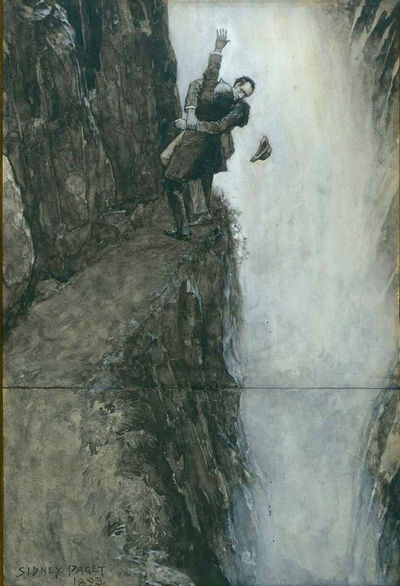Martial Arts: Bartitsu

4 points
Bartitsu was developed by E.W. Barton-Wright in the late 1890s. Barton-Wright based his style heavily on Jujutsu, but added moves from Boxing, no-holds-barred Wrestling, Victorian Singlestick, and even fencing for good measure. The art became famous when Sir Arthur Conan Doyle revealed Sherlock Holmes to be a practitioner (and misnamed it "Baritsu").
Barton-Wright turned to public exhibitions to attract students, disgusting and driving off his Japanese partner in the dubious venture. His demonstrations were as much about showmanship and feats of strength as actual fighting methods. He made grandiose claims of Bartitsu's effectiveness against all opponents in all circumstances.
Some of Bartitsu's techniques were questionable and likely more dangerous to the user than to his opponent if done vigorously; the GM could add these as useless techniques. Risky Committed and All-Out Attacks were common. Still, the core form was a combative Jujutsu style, and some of the added techniques were valuable to a pragmatic fighter. A stylist who can't distinguish the dangerous moves from the functional ones would qualify for a Delusion!
The components below assume a functional art. A harshly realistic take would replace all combat skills with Combat Sport skills. In our world, Bartitsu attracted few students, but in a cinematic Victorian setting it might be a thriving style with functional combat abilities and cinematic skills.
Skills: Brawling; Hobby Skill (Feats of Strength); Judo
Techniques: Arm Lock; Head Butt; Head Lock; Knee Strike.
Cinematic Skills: Immovable Stance; Power Blow; Push.
Perks: Power Grappling.
Optional Traits
Advantages: Fearlessness.
Disadvantages: Delusions; Overconfidence.
Skills: Boxing; Broadsword; Cloak; Lifting; Performance; Running; Smallsword; Stage Combat; Wrestling.